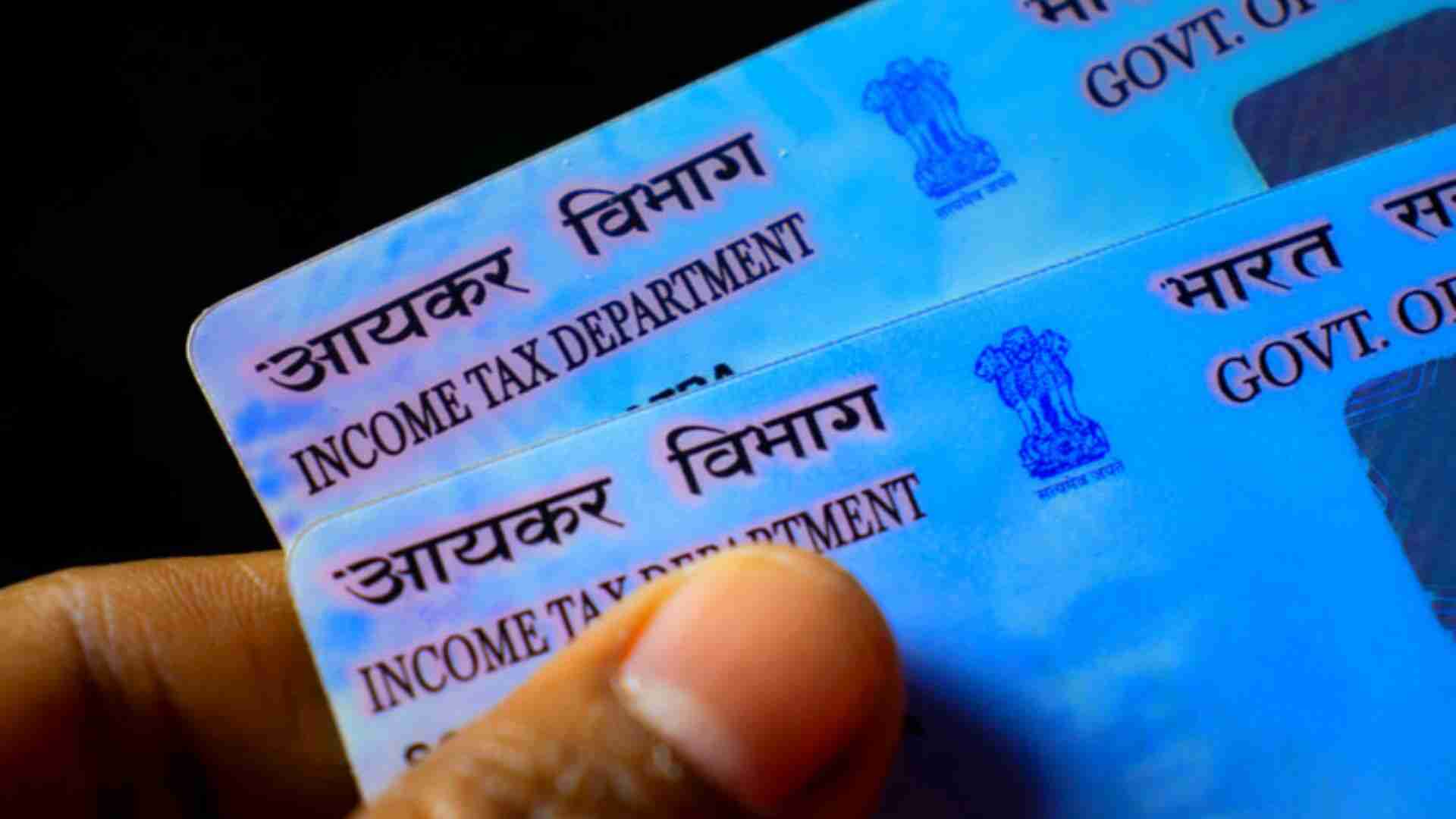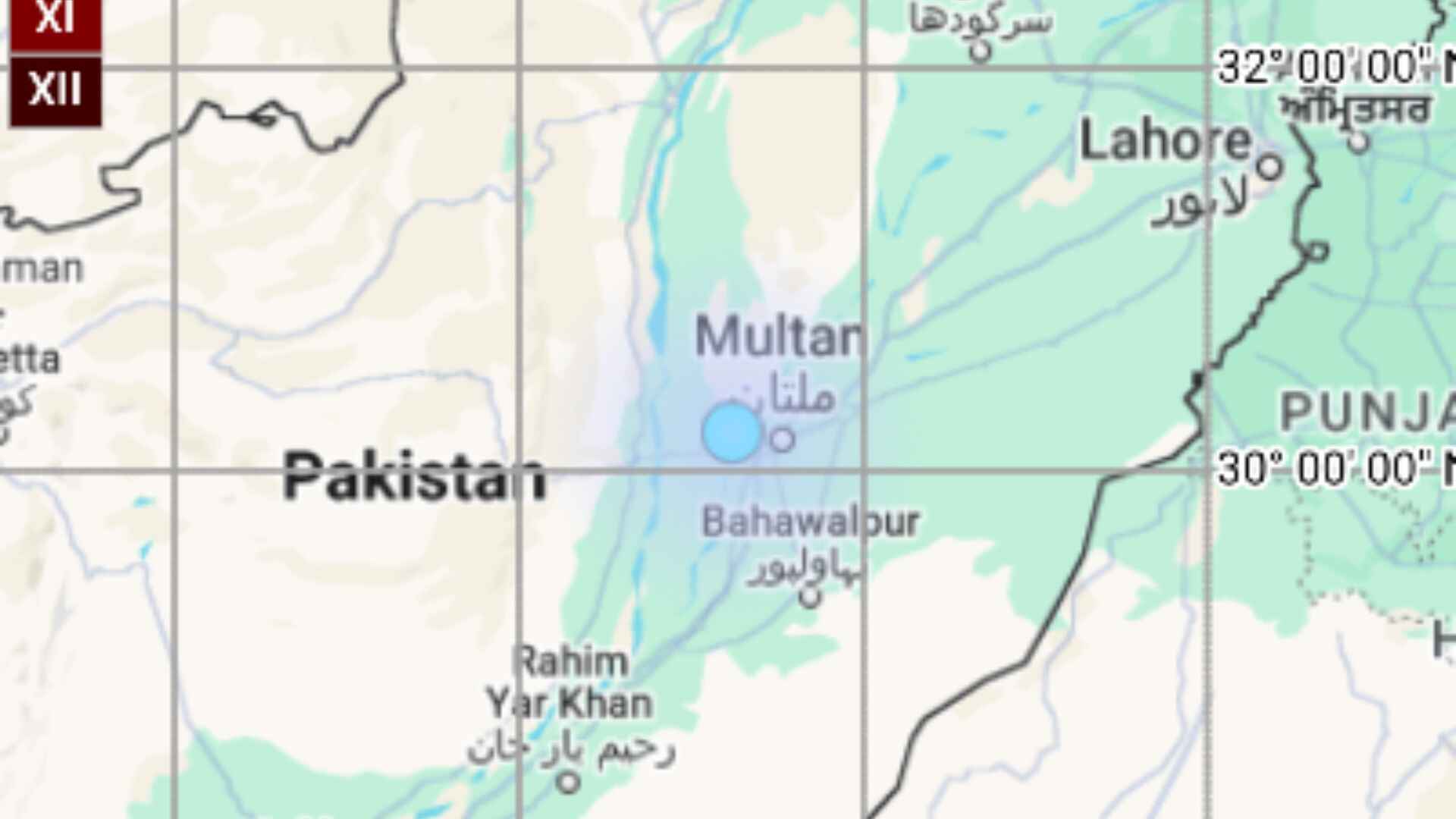A PAN (Permanent Account Number) card is an essential document in India, required for activities like opening a bank account or filing income tax returns. It prominently displays the cardholder’s name and date of birth. However, the key detail on the PAN card is the 10-digit alphanumeric number, known as the PAN number. Many are unaware of the meaning behind this number. Here’s a breakdown of what it represents:
The PAN Card Number: What It Contains
When you apply for a PAN card, the number is generated based on the information you provide. The first three characters of this number are English letters, ranging from AAA to ZZZ, determined by the latest running series.
Fourth character: This letter reveals the category of the taxpayer, indicating whether the cardholder is an individual or belongs to another group. For instance, if the fourth letter is “P”, it signifies an individual, while “C” stands for a company.
Fifth character: The fifth character corresponds to the first letter of the cardholder’s surname. For example, if your surname is Shukla, the fifth character of your PAN number will be “S”.
The remaining characters are assigned by the Income Tax Department based on a specific algorithm.
What the Fourth Character Means on Your PAN Number
Each letter in the fourth position has a specific meaning:
P: Individual
F: Firm
C: Company
A: AOP (Association of Persons)
T: Trust
H: HUF (Hindu Undivided Family)
B: BOI (Body of Individuals)
L: Local Authority
J: Artificial Judicial Person
G: Government
Different Types of PAN Cards
There are multiple types of PAN cards, tailored for different needs. Indian citizens and foreign nationals have separate forms to apply for PAN cards. Indian citizens must fill Form No. 49A, while foreign nationals use Form No. 49AA. Additionally, businesses can obtain PAN cards for transactions under their company name, often referred to as business PAN cards.
Understanding the structure of the PAN number and its significance helps individuals and businesses better comprehend this crucial financial document.
















